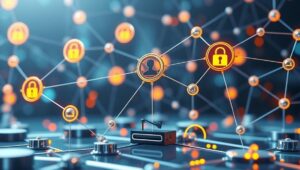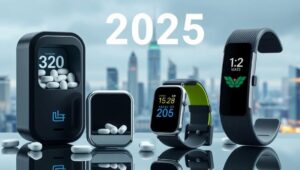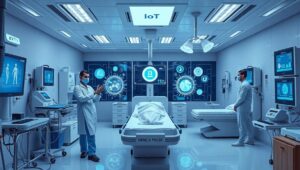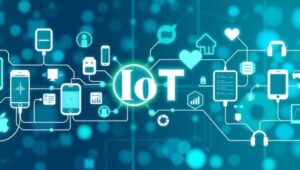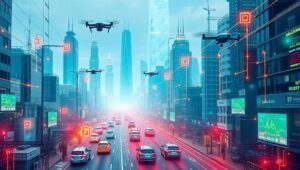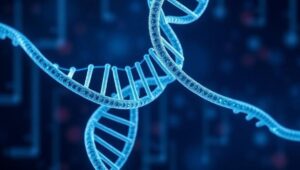May 25, 2025
IoT Device Identity and Authentication at Scale (2026)
IoT Device Identity and Authentication at Scale (2026) The Internet of Things (IoT) has exploded, connecting billions of devices across homes, industries, and cities. By 2026, we’ll see even greater proliferation, demanding robust solutions for device identity and authentication at an unprecedented scale. This article explores the key challenges and emerging technologies shaping the future of IoT security. The Challenge of Scale Securing a handful of devices is manageable. Securing billions, each with unique vulnerabilities and attack vectors, is a monumental task. Traditional security models simply don’t scale effectively for the IoT. Consider these challenges: Device Diversity: IoT devices range


